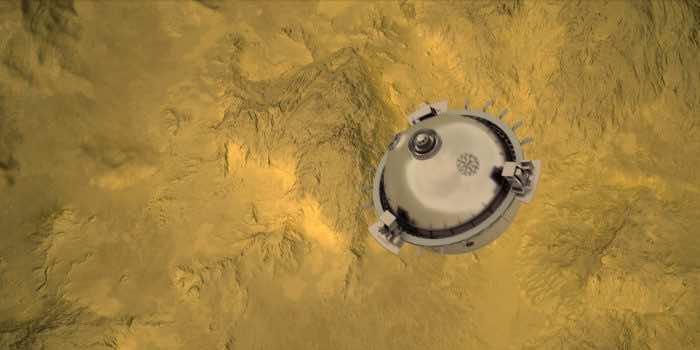As part of DAVINCI’s Student Collaboration mission, young undergraduate and graduate students are learning the planetary science skills at Johns Hopkins University in Baltimore to send a spacecraft to Venus by 2029. The mission incorporates dispatching a “Venus Oxygen Fugacity (VFOx) integrated with the spacecraft to determine its atmospheric conditions, including the proportions of oxygen level, being the most important one. The DAVINCI (Deep Atmosphere Venus Investigation of Noble Gases, Chemistry, and Imaging) mission will give the students exposure to the challenges of space along with developing their skills in planetary exploration.

The VFOx integrated spacecraft would first take a broader view of Venus’ clouds and its prevailing environment, including the absorption parameters of ultraviolet radiation, before going deep into its core surface. It will complete this process in two revolutions around Venus, which will take approximately two years.
After this period, the most important part of the mission would commence. The spacecraft will enter deep into the Venus atmosphere with the target of reaching the Alpha Regio region, engraved into the Venus surface. Along the way, it will keep observing and evaluating the atmosphere, including the oxygen parameters, thus capturing images as well.

Coupled with this, the oxygen level, which will be found in the atmosphere as well as in the rocky highlands, would ultimately give us an idea about the presence of surface minerals on Venus. Hence, this is going to be the most interesting phase of the mission. The VFOx, which will measure the concentration of oxygen on Venus is built on the same principle as that of the oxygen sensors used in automobile engines.
An important characteristic of this instrument is that it is temperature resistant and is made from ceramic material. Although the temperature in the internal combustion engine is far greater than that of the Venus temperature, so VFOx would have no difficulty in performing its operations on Venus’ surface.

Moreover, the most compelling reason for carrying out this mission is to make the students cognizant of interplanetary space, which would ultimately give them a platform to perform their experiments, analyze them, and then test the technologies for further research. As Dr. Noam Izenberg, who is the principal research staff member at the Johns Hopkins University Applied Physics Laboratory, said,
“We want to attract more students from all backgrounds, including the less-advantaged and the less-represented. There will be lots of mentors across the board – on the mission and science side, and the engineering side – where students can find not just mentors of the professions that they might be looking for, but also mentors who look like them because the DAVINCI team itself is fairly good in its own diversity.”


